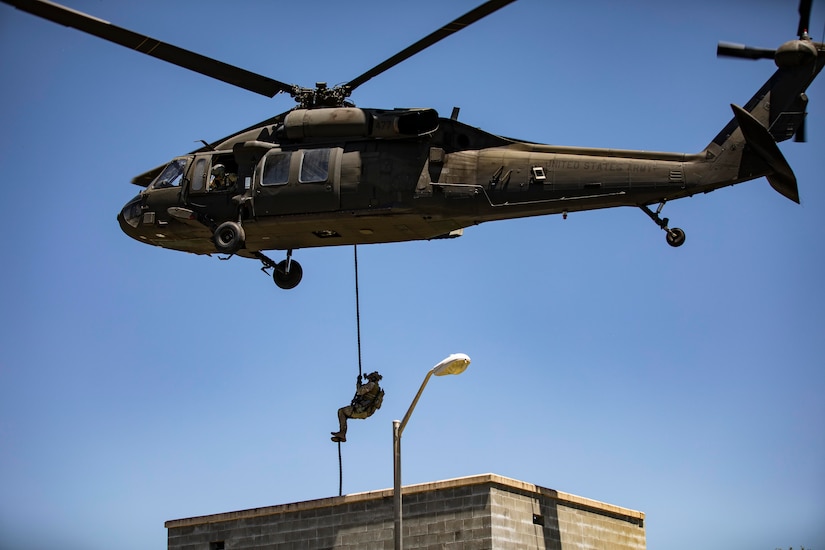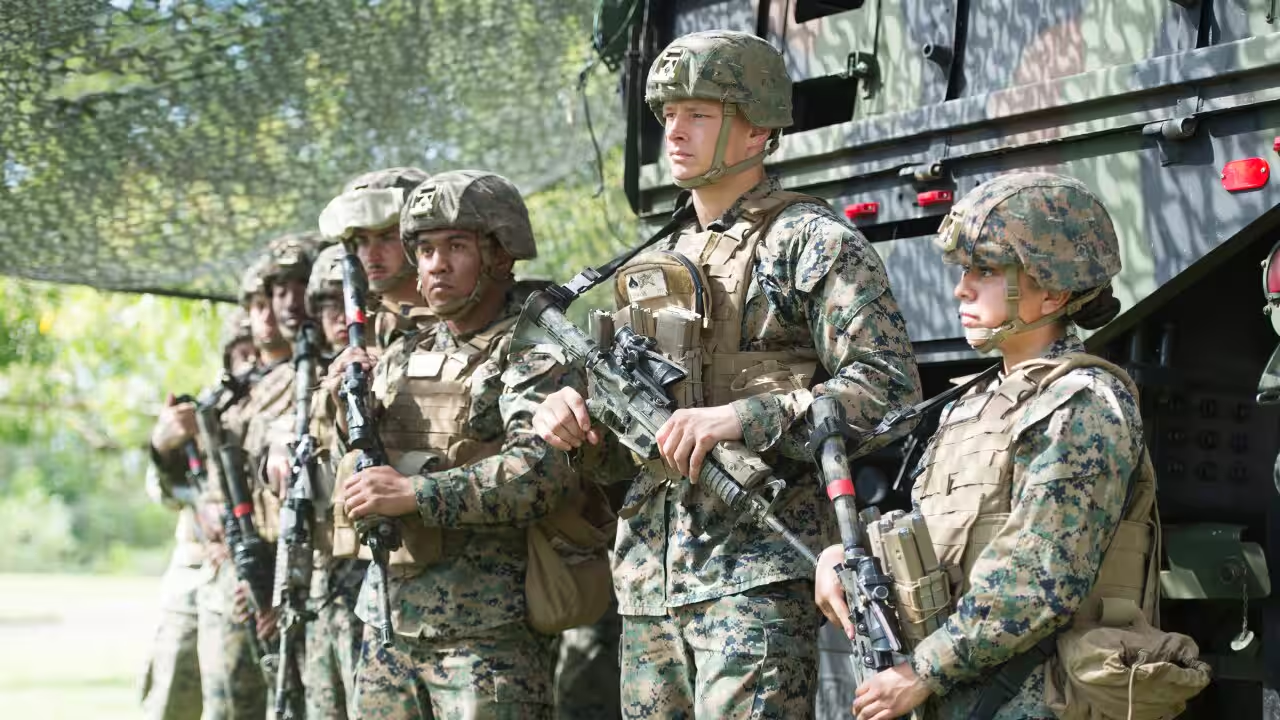U.S. special operators are shifting their focus to support the National Defense Strategy to “fill the gaps” of conventional forces as the world faces new challenges and threats, said Christopher Maier, assistant secretary of defense for special operations and low intensity conflict.
But the old threats have not gone away, and special operators still need the expertise they displayed in the counterinsurgency fight, Maier told the Defense Writers’ Group last week.
“If you compare where I think we’re going versus where we have been in the past in the counterterrorism fights, [special operations forces] were generally in the lead and a lot of the rest of the conventional military was supporting SOF,” he said. “That’s very much reversed now.”
China is the pacing challenge to the U.S. military and the Indo-Pacific is the prime theater. “As we think of the Indo-Pacific, we are focused on finding areas where the comparative advantage that the SOF enterprise brings can help enhance what the conventional forces are doing,” he said.
He called it the “Swiss Army Knife approach” to defense. Special operations forces are interspersed around the Indo-Pacific working with allies and partners across the vast region, he said. These teams help train allies and partners and also have the cultural knowledge to sense the environment. If the country or region were to have a crisis or conflict, special operators would be invaluable to senior leaders on the operational challenges they could face, Maier said.
In many cases, special operators will be able to capitalize on the fact that they have generational military relationships in those nations. “Many of our senior and even mid-level [leaders] have worked for years with allies and partners in a very integrated way,” he said.
Special operators are “just going to have a better understanding of that kind of human environment,” Maier said. “That is already highlighted in some of the places where we are investing in capabilities, be those decision advantage or the ability to push more remote advise-and-assist capabilities farther forward.”
But even this will change, he said. “We’re fundamentally going to be still working with allies and partners, but we may not be as proximate. It may not be that classic hand on the shoulder that we’ve had in places like Syria and Iraq, Afghanistan, Somalia.”
“What [special operations forces] does is not principally focused on, in all cases, conducting combat operations,” he said. “We’re trying to shape the environment. Our biggest value is … kind of ‘left of boom.’ If we’re going to go to large scale combat operations, ‘may the odds be in your favor, right?’ And those odds are going to be set in days, weeks, months, years ahead of time.”
Special operations forces’ persistent engagement is key to setting those odds. Special operators work with allies and partners to improve their military capabilities and familiarize them with U.S. tactical and operational thinking, Maier said. “Improving their warfighting capabilities is incredibly important because I don’t think anybody who is thinking about this seriously, thinks the United States is going to go to war just by ourselves: We’re going to go with our allies and partners. We need to make sure that we’ve conveyed as much of our expertise to them, and they’ve done the same back to us.”
Maier also discussed the progress made on DOD’s comprehensive action plan to reduce instances of civilian casualties. DOD has long taken civilian harm mitigation as a key tenant of how the United States conducts war. Reducing civilian casualties is morally right, the assistant secretary said. The imperative to do this is built into U.S. professional military education as part of all military exercises and it is important to the strategic environment.
Secretary of Defense Lloyd J. Austin III ordered these changes in the policies and Maier has responsibility for “operationalizing” them. “In conjunction with our national defense strategy, we realized we needed to look at this problem set more holistically and probably more diligently,” he said.
This is necessary because the tactics in any conflict will probably change. In counterterrorism operations, special operators were able “to look at individual targets for long periods of time and make decisions at a different tempo than today,” Maier said. Large-scale combat operations will not allow that luxury of time. There may be thousands of kinetic actions in an hour, where in the past, conducting six operations a day seemed like a lot.

At the same time, U.S. experts are also looking at the lessons to be learned from Russia’s brutal invasion of Ukraine. “We were watching, before our very eyes, what happens when you have what we often call the Russian way of war, which is to be as brutal as one thinks it is,” Maier said.
The Russians, in effect, target civilian populations and civilian infrastructure, he said.
DOD looked holistically across the department on what needed to be done. “First off, [civilian harm mitigation] is often an additional duty for combatant commanders’ staffs,” he said. “We are building up to give commanders more capability to think about in a strategic context, the environment they’re operating in, and looking not only at whether they should or shouldn’t conduct a particular strike or particular operational action but looking at in the strategic environment.”
“What we’ve done across the department is provide not only additional instructions and additional tradecraft, to looking at the civilian environment and then mitigating the harm associated with any military actions but also put people after this,” Maier said. “We’ve put almost 170 people that have been resourced across the combatant commands, across the intelligence enterprise and across elements of the joint staff and the office of secretary of defense.”
These are people who are “experts in this space” but can also relate to the commanders and the missions they are told to execute. These civilian harm mitigation response officers — called CHMROs — are experts in security cooperation and will also help commanders to work with partners.
The CHMROs understand the longer-term implications of a proposed action. “It may look like a target is valid and very important at the time, but if you don’t have somebody helping to think through the longer-term strategic implications, you may do things that have short-term benefits but result in longer-term challenges,” Maier said. “We also have folks that are working in targeting cells, and this has been a key piece of what the secretary of defense has asked us to do, which is not put restrictions. This isn’t about constraining our military. It’s about building in more expertise to understand the operating environment.”




